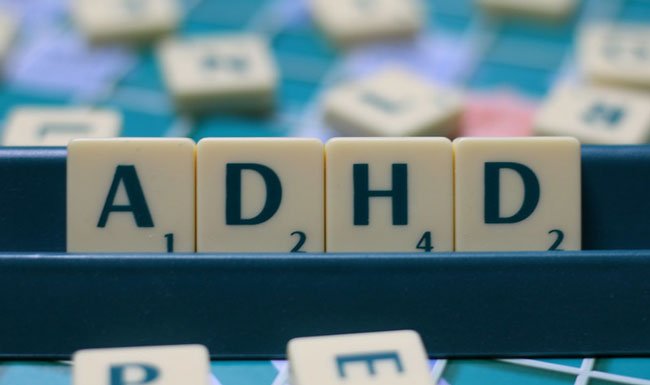Tinnitus is a condition in which noise is perceived inside the head. The noise does not come from an external source. The noise usually takes on the form of ringing, whistling, or buzzing. The most common form is a high-pitched ringing sound, but the noise can also be low-pitch in character.







